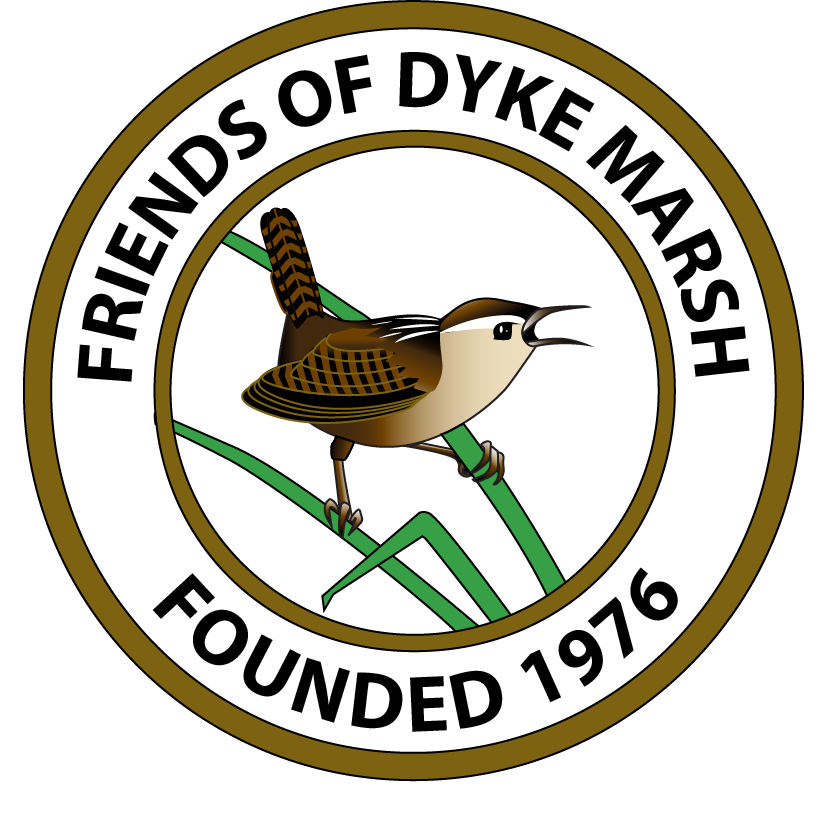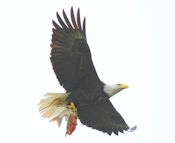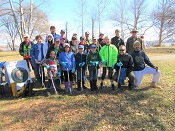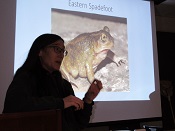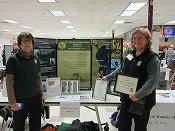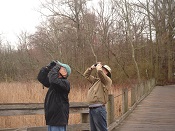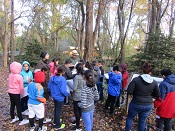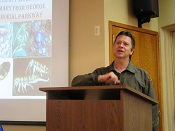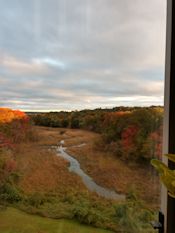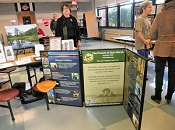65 Clean Up Trash
On April 13, 2019, 65 enthusiastic volunteers of all ages tackled trash in Dyke Marsh and along the Potomac River shoreline, as part of the annual Ferguson Foundation trash cleanup. The Friends of Dyke Marsh had check-in stations at Belle Haven Park and at the Haul Road trail entrance. Among the volunteers were Boy Scout Troop 1107 from St. John’s Lutheran Church, a group of boys from Good Shepherd Catholic Church, Loyola University alumni, Notre Dame alumni and many other eager trash collectors.
